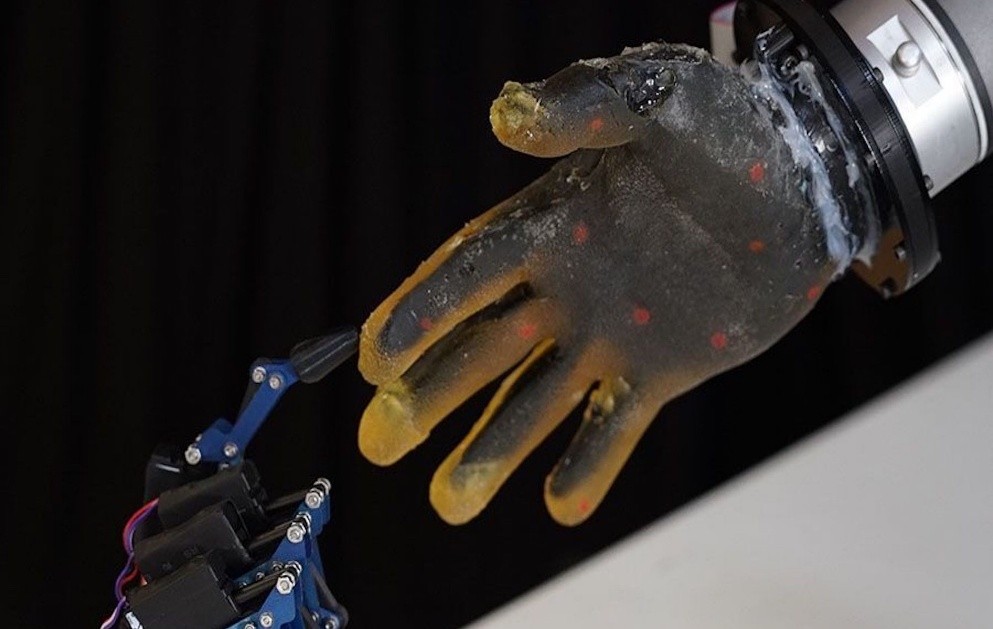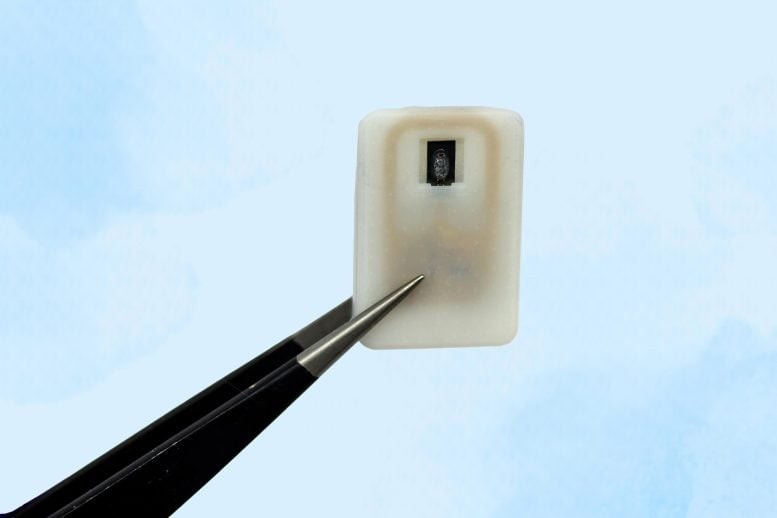Physicists Create A “Trampoline” Tinier Than a Human Hair – A Breakthrough That Could Transform Microchip Design
From Bouncing to Phonons
So, why build a trampoline that no one can bounce on? Naturally, this device wasn’t made for people. Instead, the minds behind the project—physicists from the University of Konstanz, the University of Copenhagen, and ETH Zurich—developed it to explore innovative ways to control phonon transport.

Figure 1. Tiny “Trampoline” Built by Physicists Could Revolutionize Microchip Technology.
This “trampoline” is actually a phonon waveguide: an ultra-thin, vibrating silicon nitride membrane. Phonons, often referred to as “sound quanta,” are the fundamental excitations that underlie the vibrations within a solid’s crystal lattice. With this trampoline-like structure, the researchers aim to show how phonons can be guided around corners using a special surface pattern inspired by mathematical topology. Remarkably, this can be done with minimal loss of momentum—an essential feature for advancing microchip technology, where signals often need to move smoothly around curves and edges. Figure 1 shows Tiny “Trampoline” Built by Physicists Could Revolutionize Microchip Technology.
Topological Transport with Minimal Loss
The results are striking: using the trampoline, phonons can be steered around sharp 120-degree bends with almost no loss of momentum. Fewer than one in ten thousand phonons are reflected instead of continuing along the curved path. “This ultra-low loss is comparable to the efficiency of modern telecommunication devices,” explains Konstanz physicist Oded Zilberberg.
Zilberberg, who designed the trampoline’s unique structure, focuses on topological effects in surface patterns and their potential applications. He envisions a future where this approach could lead to the creation of entire “roads” for phonons. His collaborators at the University of Copenhagen and ETH Zurich turned the concept into a working prototype. Their findings were recently published in Nature.
And what about a version people could actually bounce on? “I have thought about that,” Zilberberg laughs. “It would definitely be a fun experiment. I believe the principle would still apply at a larger scale.” That said, anyone testing a human-sized version should probably wear a helmet.
What Is This Tiny Trampoline?
Imagine a trampoline — now shrink it down to a size smaller than a human hair. This isn’t a toy or an acrobatic surface, but a cutting-edge creation by physicists from the University of Konstanz, the University of Copenhagen, and ETH Zurich. Made from a super-thin silicon nitride membrane, this “trampoline” isn’t designed for bouncing people, but for guiding something much smaller: phonons, the quantum units of sound and vibration.
What Are Phonons and Why Do They Matter?
Phonons are the quantum building blocks of vibrational energy inside solid materials — like how photons are particles of light. These “sound quanta” play a crucial role in heat transfer, vibration, and even signal processing in tiny electronic components. Controlling how phonons move can help engineers design faster, cooler, and more energy-efficient microchips.
The Trampoline as a Phonon Waveguide
This nanoscopic trampoline acts as a waveguide for phonons — think of it like a microscopic highway for sound vibrations. Its surface is carefully engineered using topological principles (advanced math related to geometry and structure) to allow phonons to travel around sharp corners and edges with hardly any energy loss. That’s a major challenge in today’s microchip design, where curved paths often mean signal degradation.
Stunning Results – Almost No Energy Loss
The researchers showed that phonons could be guided through 120-degree turns — tight bends — with less than 0.01% loss of energy. That’s comparable to the efficiency of fiber optic cables used in telecommunications. This level of control opens up the possibility of building tiny “roads” for phonons, directing vibrational signals through compact, complex chip layouts without overheating or slowing down performance.
What’s Next – And Could We Jump on One?
The project’s lead physicist, Oded Zilberberg, believes this technique could revolutionize how we handle signal transport in microchips. He even joked about building a human-sized trampoline based on the same principle — though you’d want to wear a helmet for that test! While scaling it up is more fantasy than plan, the implications at the nanoscale are very real: faster electronics, improved sensors, and entirely new kinds of quantum devices.
Source: SciTECHDaily
Cite this article:
Priyadharshini S (2025), Physicists Create A “Trampoline” Tinier Than a Human Hair – A Breakthrough That Could Transform Microchip Design, AnaTechMaz, pp.346















